I read a paper, named Multilevel logic synthesis based on functional decision diagrams, which is about Functional Decision Diagrams(FDDs), that is a variant of Binary Decision Diagrams(BDDs). In this, a paragraph mentions 'path':
As an important result it is observed, that even with nearly the same number of nodes we get a reduction of the number of paths compared to BDD (see tab. 1). Since the number of paths equals the number of pi-terms of the canonical two-level RME, this means a reduction of the complexity in the function representation.
I guess 'path' means the number of roads from root to terminal in BDDs or FDDs.
For example:
The path of this example is 9(you can check this).
My question is what's the significance of this parameter or feature 'path'?

